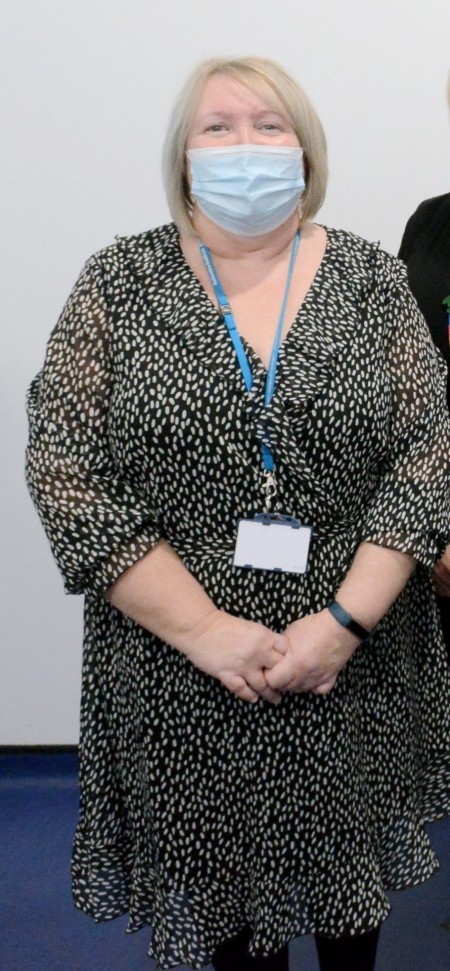Publish date: 30 March 2022
Sterile services decontamination manager Janet Pearson tells us about a part of the NHS that few people ever see but is so essential in running our hospitals

Every year the trust cleans and sterilises almost half-a-million pieces of equipment that are needed in operating theatres, clinics, GP surgeries and hospital wards.
Cleaning and decontaminating this vital equipment is a mammoth task but one that’s essential to keep services to patients running. If we can’t clean the equipment then we can’t operate and so many people depend on us to get their procedure done safely and on time.
I’ve worked in sterile service for 35 years, including 12 years with Northumbria and I started out as a technician on the frontline. I love the challenge and every day is different.
The last few months really have been different because in July we moved into a new state-of-the-art facility opposite the emergency hospital in Cramlington. This replaced two previous sterilisation departments at Wansbeck and North Tyneside hospitals.
The new site has made a huge difference to the service we can provide in terms of efficiency and modern technology but also in the environment that staff get to work in.
I am so proud of this facility and the role that it plays in providing high-quality patient care. Although this service is behind the scenes, it is critical to improving the health and wellbeing of tens of thousands of patients every year and in building patient confidence.
Our clinicians rely on having the equipment they need to provide this care to our patients. The equipment that we disinfect and sterilise is used in a large and varied number of departments including theatres, A&E, maternity and podiatry, to name just a few.
We have around 54 people working here now and we’re really seeing things accelerate as surgery picks up pace following the pandemic. We’re running a seven-day service which is mainly 24 hours to ensure all the clinical equipment is ready for operating teams.
We have an ultra-modern system where everything is tracked and scanned in real time so that we can effectively deliver the equipment but also monitor everything for infection control purposes.
Perhaps people think that in the NHS we use things once and then dispose of them but that’s largely not the case. Most of the equipment is decontaminated using a range of different processes to ensure that it can be used time and again which is far better for the environment.
There’s lots of different methods of cleaning and the operating equipment particularly can be fully sterilised in as little as four and a half hours before being redelivered to the hospitals.
I would like to recognise and thank my team and everyone who has been involved in our work during the pandemic, especially in managing so much change during the new build.
